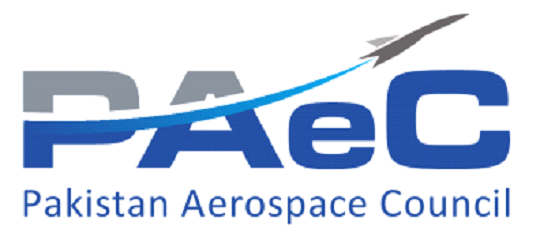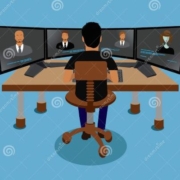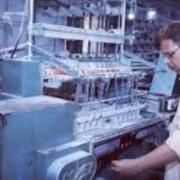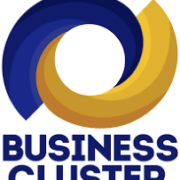Battling Anxiety and Depression as an Entrepreneur
Many people only notice entrepreneurial success — the money, the cars, the new office. But what they don’t see are the sacrifices entrepreneurs make to create success — likely for years. Many people don’t see the mental health problems that occur in entrepreneurs — like depression and anxiety. It becomes crucial to battle anxiety and depression as an entrepreneur.
The rise of depression amongst entrepreneurs is growing to an all-time high. Unfortunately, it isn’t always easy to find information on how entrepreneurs can manage and overcome depression. Society often encourages entrepreneurs to ignore the signs. Many feel isolated and afraid that their peers will judge them. Since COVID-19 has contributed even more to anxiety and depression among entrepreneurs.
The Causes & Studies on Depression
Depression is identified as a serious medical condition. Being sad is not the same as being depressed. Depression impacts the way you feel, think, and act (or react). Almost 30 percent of entrepreneurs experience depression in their lives. There are many reasons for this. First, society puts a lot of pressure on the entrepreneur to succeed. Small business owners work extended work hours. They often struggle to form a vibrant personal life. The constant grind of turning an idea into a reality can be overwhelming. Stress pervades.
Unfortunately, these stressful periods last a long time. Many entrepreneurs are in hustle mode for 3-5 years before their product attracts a large customer base. For some, it’s even longer. To complicate matters, many entrepreneurs, in their haste to become profitable and successful, neglect their physical and mental well-being. Many skip meals, choose work to oversleep and fail to exercise their brains and bodies. Each of these excessive choices negatively impacts mental health and can lead to burnout or severe depression.
Identifying Depression
Clinical depression requires a medical diagnosis. However, there are warning signs that any entrepreneur can identify before talking to a medical professional. Symptoms include loss of interest in activities you once enjoyed, increased fatigue, insomnia, anxiety, loss or increase in appetite, or irritability. Depression is different for most people, but if you see these symptoms, please get checked.
Ways to Seek Help
While many entrepreneurs don’t have the luxury of seeking help through an employer, they do have many other options they can use should they suffer from depression. Eating right, regularly exercising, and taking breaks are all important. But, it’s also crucial to go a bit deeper in how you seek help.
For one, many entrepreneurs need a strong personal foundation. Due to the nature of the entrepreneurial journey, there is additional job isolation and long work hours are all too common. Surrounding yourself with like-minded people, who stay in your corner through your ups and downs — is extremely important. Watching out for the other person who may be suffering is important also. That way, you know you’re not alone, even if your depression wants you to believe you are.
Most importantly, as an entrepreneur, don’t neglect your feelings and thoughts. The sooner you search for a diagnosis — or at the very least, seek-help, the better your chances of fighting and winning. It’s okay to admit you’re not okay and to seek that help that you need and deserve.
While depression may affect one in three entrepreneurs, it doesn’t have to stay that way. Talk about the topic. Don’t be afraid to admit that you’re not okay. Expressing yourself should be safe, and can open dialogue among entrepreneurs that can increase awareness, offer you support, and more. Entrepreneurs shouldn’t feel like they must suffer to find success. Depression is real, but it can also be beaten.







